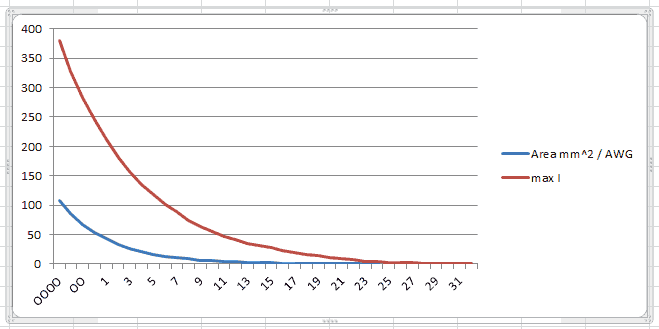jonescg said:
Hi guys,
Quick question. What is the rule of thumb for current carrying capacity of copper bus? I have seen lots of household wiring definitions which are very very conservative. Warming up a bit is OK, getting hot is not cool. I figure 10 amps for every 1 mm2 would be fair for an EV application? Sounds fair? Excessive?
Voltage drop is also something to consider. Often, the voltage drop (i.e., power loss) is much more of a problem than the heating.
And so much depends on what the ambient environment is for the bus bars in question. Are two of them next to each other? You need to derate them then. Are they insulated or in a case? You might need to derate them. Are they exposed to moving air? Now the current rating might double (or more) for a given temperature rise. But, the voltage drop will not change much so you need to still take that into account.
I'm not sure you can derive a rule-of-thumb for this, even limiting the application to EV's. There are just too many variable and a huge range of limits (i.e., max temp rise over ambient, max voltage drop, etc.). One person's absolute max is another person's everyday norm.

I'm with Nuts&Volts, you'll need to pick a bus bar and experiment with your specific setup. If you aren't sure even where to start, pick a bus bar you can double or triple up with. That way it's easy to parallel multiple lengths of copper when needed.
An example...I was working on an ultracap module that was required to handle 400A surges. There was no way to calculate what thickness of copper sheet interconnects we needed to hold down temperatures and voltage drops without testing. So, we used 40mil thick Alloy 110 copper sheet (cut to shape) and tested the setup with single, double, and triple layers of copper. The triple-layer was about what we'd get with 1/8" thick copper and we felt that would definitely (we hoped) be enough or overkill. This allowed us to set an upper limit for thickness. We then selected easily available sheet that we could stack up for easy testing to a max approximating our 1/8" limit. Luckily, a single sheet of 40mil was all we needed.



